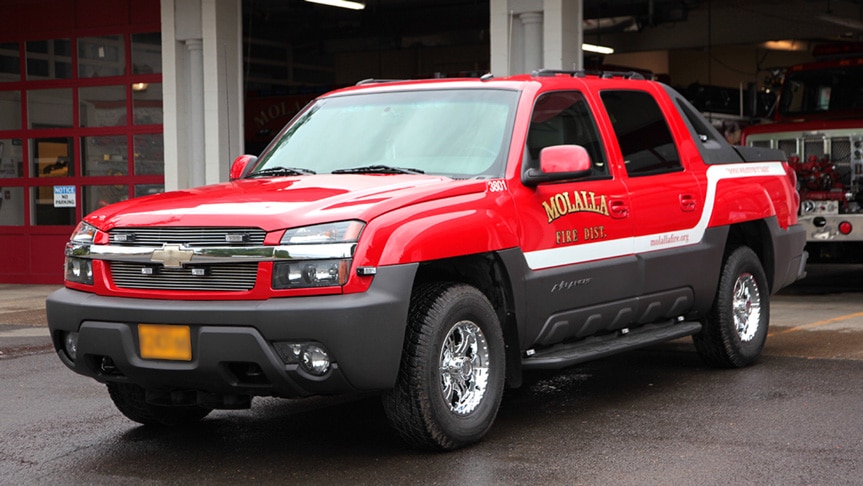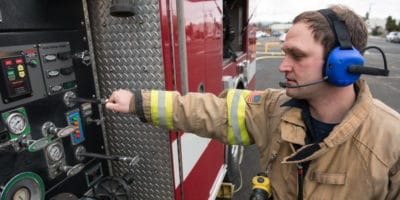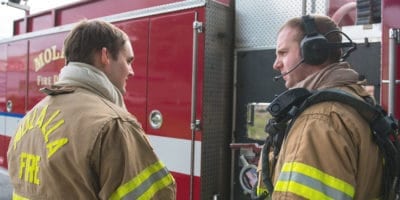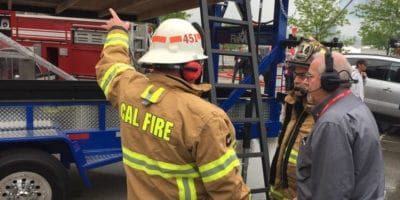How to Set Up an Incident Command for Communication Success

If you have ever participated in an after action or post-incident critique, then you know that communications is always one of the leading subjects of discussion. Poor incident communications have also been frequently cited as significant factors in many NIOSH LODD reports¹. In the rapidly changing, multi-unit response world of incident command, effective communication is essential to a successful operation. Even a typical risk structure fire often requires a half-dozen units with between 15-30 responders, depending on staffing level.
THE COMMUNICATIONS PLAN
It is critically important to develop and implement a communications plan that standardizes terminology and communications equipment operation. This includes dedicated operational channels that can grow with the size of the incident. A typical type 4 or 5 incident can usually operate with only one or two operational or tactical radio channels. The use of fewer channels simplifies communications for operations. Use of a single channel increases the situational awareness of operating companies. On the downside, single-channel communications can very quickly lead to communications overload. The incident commander must consider the amount of radio traffic, the number of units and personnel on scene, and the amount and type of work being done before assigning additional channels. With more channels in use, it is important to expand command staff to keep up with communications needs. A dedicated communications officer monitors all active channels and relays pertinent information to the incident commander, maintaining situational awareness. Skipping this step can lead to problems during an incident.
The initial incident commander is likely a line officer who is also engaged in tasks like placing the first hose line and completing a 360-degree walk around, while at the same time directing incoming units and crews. A standard operating plan that includes designated assignments based on arrival order can simplify communication during this critical time. While the situation should always dictate what actions are needed, a standard predetermined assignment ensures coverage of all essential tasks. There is always the option to change an assignment based on immediate need. This practice eliminates lengthy radio transmissions and streamlines the operation.
ESTABLISHING A FIXED COMMAND
Once a chief officer arrives, the next step is to establish a fixed command upon transfer of command responsibility from the line officer. This frees up the line officer to concentrate on a small area of the incident and allows the officer to focus on the accountability of his unit. The fixed command is preferably set up inside a quiet vehicle with a good view of the scene, allowing the IC to focus on incoming communications while visually confirming the conditions. It is important for the IC and/or the command technician or chief’s aide (if available) to utilize a communication headset. The headset minimizes background noise and helps prevent missed or misunderstood communications. Several after action reports have revealed that members calling MAYDAYs have gone unnoticed by those working on the scene. This reinforces the need for a command and/or communications officer to be located inside a vehicle and using a communication headset.
KEYS TO IC COMMUNICATIONS SUCCESS
Several initial decisions by the incident commander can set the incident up for communications success. The location of the command post is critical to overall incident communications. At typical incidents it is important for the initial incident commander to position with a good view of scene when possible. If the incident commander can’t see the scene they will be completely reliant on communications from others who can. This line-officer-to-command exchange must be managed so that only essential information occupies the air space to build the situational awareness necessary for good decision making. Standardization of condition descriptions and progress reports are mandatory to prevent overwhelming radio traffic. Build benchmark reports with standard terminology and rhythm so that they are easy to follow, predictable, and short enough to allow for other essential transmissions, including emergencies.
WHEN TO USE MOBILE AND PORTABLE RADIOS
Mobile radios should be used by command whenever possible as they provide a stronger signal than portable radios. A typical VHF mobile radio’s power output is 40-50 watts verses a 5-8 watt portable radio. The 800/700 MHz mobile radio is typically a 20-25 watts unit vs. a 3-5 watt portable. Mobile radio reception is also better because of the elevation and length of its fixed antenna, and fact that the vehicle serves as a good ground.
Since fireground personnel must use portable radios, it is vitally important that they understand the operation of the radio and how to maximize its performance. Fire departments need to provide standardized department training programs to recruits, annual refresher training for all personnel and updates based on equipment changes.
Follow these basic recommendations to ensure communications success with your portable radios:
- Ensure that installed and backup batteries are fully charged.
- Practice using radio features with gloves on in limited visibility.
- Keep radios clean, especially at the contact points for the remote microphone.
- Consider what you are about to say before you key up.
- Speak clearly and directly into the microphone.
- Use your hand to shield the microphone from background noise.
- Sit up, stand up (based on conditions) or move to position the radio antenna as high as practical.
A combination of good foundational training, equipment familiarization, standard operating procedures, common language, benchmarking, practice and an understanding of how to maximize the use of both mobile and portable radios will help set your team up for communications success on any fireground.
[1] CDC NIOSH Fire Fighter Fatality Investigation and Prevention. https://www.cdc.gov/niosh/fire/investigations/completedinvestigations/completedinvestigations.html (viewed 2017-08-16)


